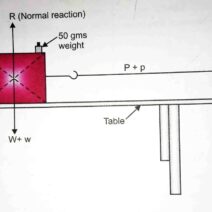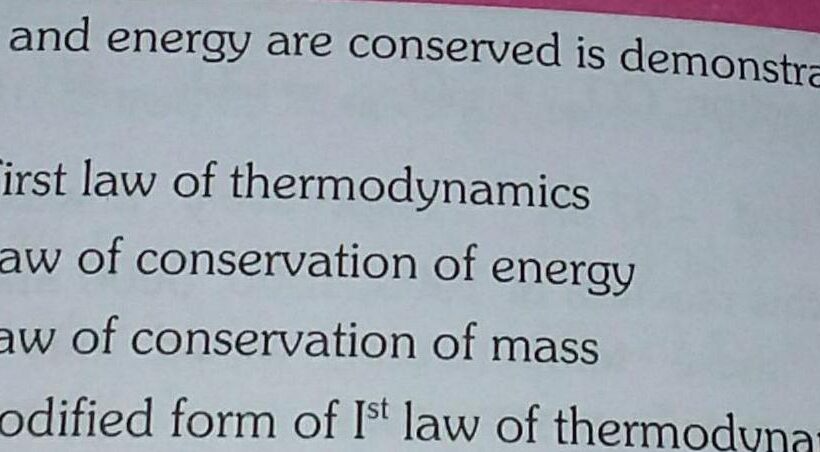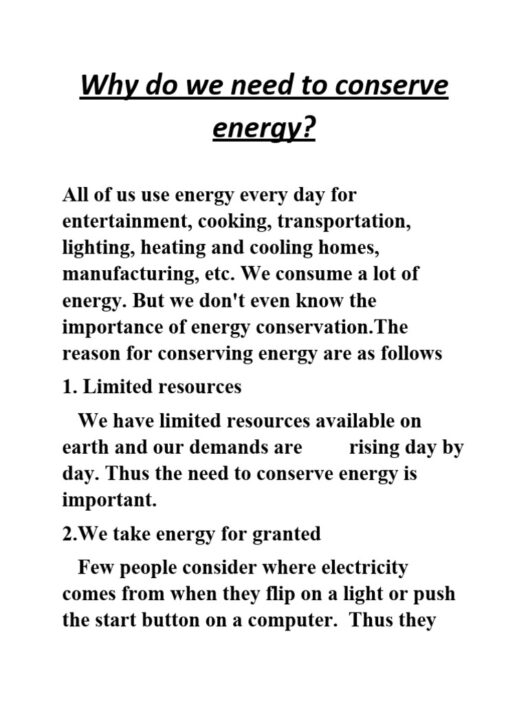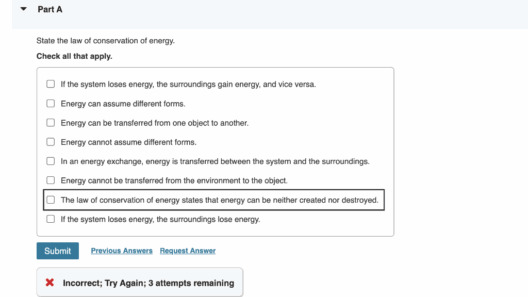In the intricate tapestry of nature, when we ponder physical changes, one may wonder: what truly remains consistent amidst the transformative dance of matter? From the bustling collision of atoms to the fluid morphing of states, every physical adjustment lays bare a fundamental tenet of physics—conservation. Exploring dimensions such as shape, energy, mass, and density promises not only enlightenment but also an engaging challenge to comprehend how these variables play out in the realm of physical transformations.
Understanding the Essence of Mass in Physical Changes
Mass is a pivotal component of matter, acting as a catalyst for numerous interactions within physical changes. Defined as the measure of the amount of matter in an object, mass remains unwavering during physical transitions. Whether a solid transforms into liquid or gas, the total mass of the system sustains its integrity. For instance, when ice melts into water, the mass of the ice and the resultant water equals the initial mass of the ice alone.
But why does this peculiarity of mass retain relevance? The principle of conservation of mass asserts that during physical changes, no matter is created or obliterated; it merely shifts form. This permeates through everyday phenomena. When flour mixes with water, creating a dough, neither ingredient disappears—it merely undergoes metamorphosis. This consciousness of mass conservation reinforces that while shapes and appearances may alter, the material existence remains steadfast.
The Dynamics of Energy Conservation
While mass tends to be an excellent anchor for understanding conservation, one cannot overlook the role of energy. In the context of physical changes, energy is often exchanged, transformed, or redistributed in a way that is both fascinating and complex. Energy conservation is a principle that promises that energy in a closed system remains constant, though it may morph from one form to another.
For instance, think of a swinging pendulum in full motion. As it rises to its pinnacle, kinetic energy is converted into potential energy, only to revert back into kinetic energy as it descends. While the type of energy may fluctuate, the total energy within the system remains conserved. This phenomenon extends beyond simple mechanics, encompassing thermal energy and emotional warmth within chemical reactions as well. Thus, understanding energy conservation highlights a fundamental principle of the universe: while alterations in physical states captivate our attention, the sum total of energy remains an unwavering constant.
Exploring Shape Change—Unraveling Density
As we delve into the concept of shape change, we cannot overlook the wonder of density—a property that often predicates physical changes in a tangible manner. Density, defined as mass per unit volume, is a critical dimension which influences whether matter floats or sinks, condenses or expands. The changing shape of a substance invariably affects its density, often leading to intriguing occurrences.
Consider an example as simple yet revealing as a sponge in water. Initially, the sponge floats due to the air trapped within its porous structure. However, when submerged and saturated, its density surpasses that of water, leading to a delightful plunge to the depths. This common phenomenon invites us to ponder: while the sponge’s shape morphs, what affirms its descent into fluid oblivion?
The fluid relationship between density and physical changes is not confined to the realm of mundane occurrences. It extends to various state shifts: melting ice, boiling water, and sublimating dry ice. Each reflects a unique manifestation of density’s role, an unsung hero in the quest for physical metamorphosis.
Challenges to Understanding Conservation in Physical Changes
The interplay of these concepts—mass, energy, shape, and density—may appear to fall into harmony at first glance. However, a deeper exploration reveals a labyrinth of challenges that complicate our understanding of conservation in physical changes. Among the leading questions that invite scrutiny is the duality of conservation in closed versus open systems.
In everyday encounters, one might grapple with the variances seen in open systems where external factors influence the conservation principles. For instance, in a baking scenario where dough rises, additional elements namely, yeast and atmospheric gas play significant roles, potentially misleading one’s interpretation of conservation. The amalgamation of various components in open systems can disrupt our perspectives on conservation principles.
Furthermore, consider the phenomenon of sublimation, wherein a solid transitions directly into gas! The striking visual of dry ice dissipating into carbon dioxide gas leaves one pondering—what happens to the mass? As gas expands into the atmosphere, it embodies a challenge to one’s fundamental assumptions on mass conservation because it seems to vanish yet remains part of a larger system.
In conclusion, the exploration of conservation in physical changes raises myriad questions and presents complex challenges. Comprehending the steadfastness of mass, the transformative nature of energy, the role of shape, and the significance of density provides a holistic framework from which one can navigate the ebbs and flows of physical transformations.
Ultimately, the rules of conservation unfurl as a guiding mantra in our ever-evolving understanding of physics and nature, reinforcing that change, whilst encompassing myriad forms, will always leave traces of its journey behind. This revelation holds immense significance for both scientific inquiry and the broader comprehension of our dynamic world.







